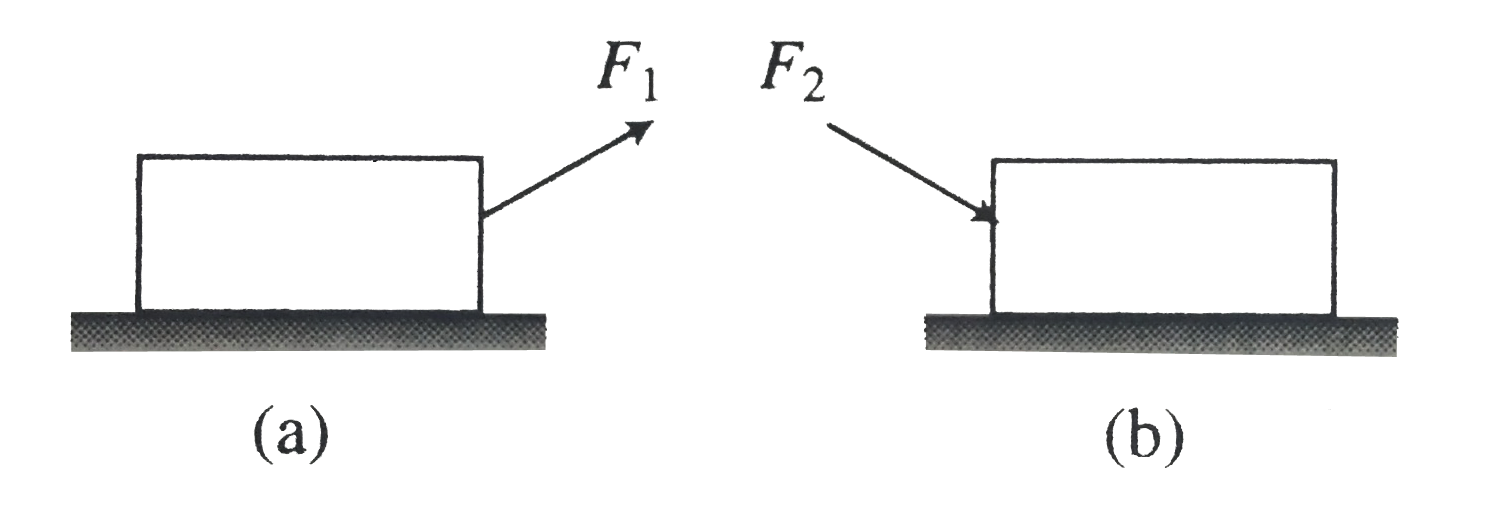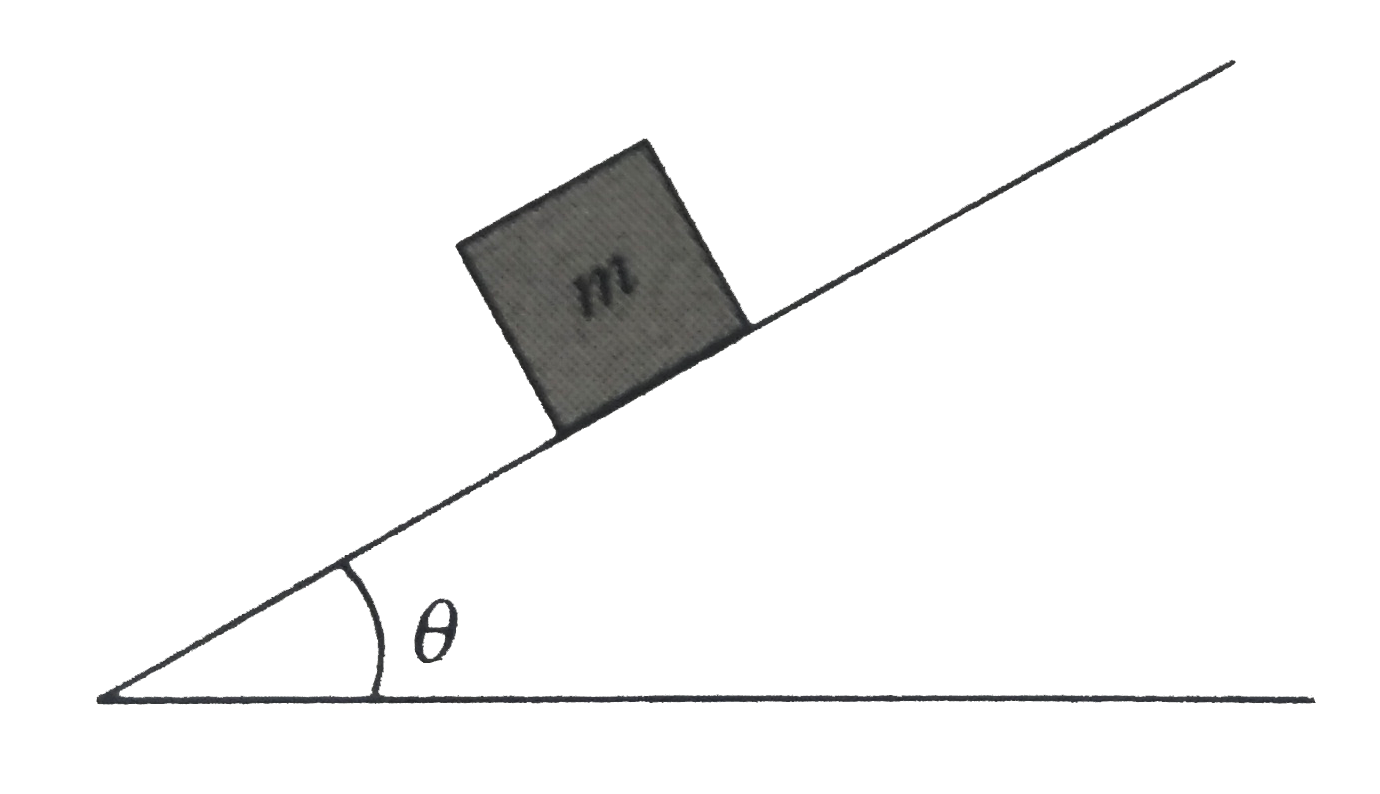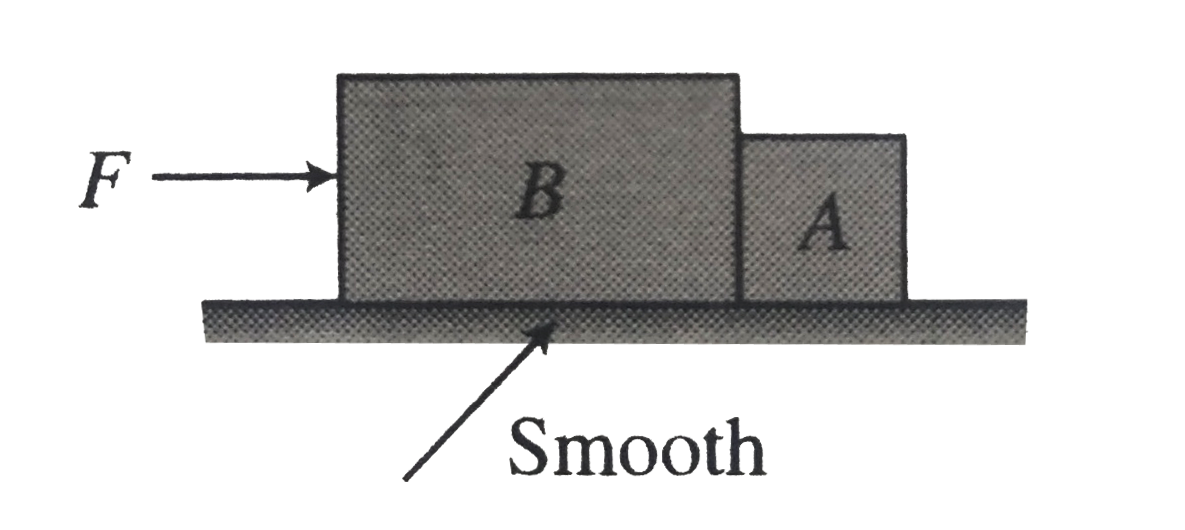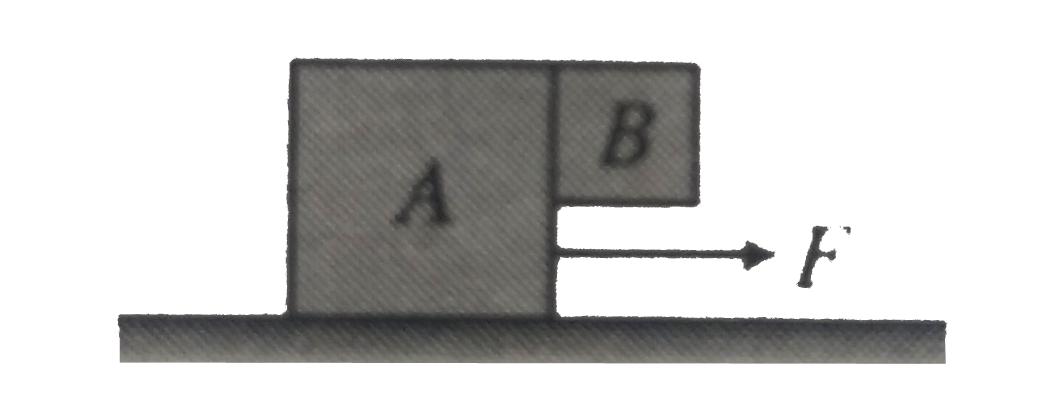Complete Solutions to Assertion-reasoning of chapter NEWTON'S LAWS OF MOTION 1 of Class 11 book with complete answers and questions
| Class 11 | PHYSICS |
| Chapter | NEWTON'S LAWS OF MOTION 1 |
| CENGAGE PHYSICS | Assertion-reasoning |
| Number Of Questions | 15 |
| Academic Year | 2023-24 |
Statement I: The driver of a moving car sees a wall in front of him. To avoid collision, he should apply brakes rather than taking a turn away from the wall.
Statement II: Frictional force is needed to stop the car or taking a turn on a horizontal road.
View SolutionStatement I: A block of mass m is placed on a smooth inclined plane of inclinaton `theta` with the horizontal. The force exerted by the plane on the block has a magnitude `mg cos theta`.
Statement II: Normal reaction always acts perpendicular to the contact surface.
View SolutionStatement I: A particle is found to be a rest when seen from a frame `S_(1)` and moving with a constant velocity when seen from another frame `S_(2)`. We can say both the frames are inertial.
Statement II: All frames moving uniformly with respect to an inertial frame are themselves inertial.
View SolutionStatement I: The coefficient of friction can be greater than unity.
Statement II: The force of friction is dependent on normal reaction and the ration of force of friction and normal reaction cannot exceed unity.
View SolutionStatement I: In high jump, it hurts less when an athlete lands on a heap of sand.
Statement II: Because of greater distance and hence greater time over which the motion of an athlete is stopped, the athlete experieces less force when lands on the heap of sand.
View SolutionStatement I: A body in equilibrium has to be at reat only.
Statement II: A body in equilibrium may be moving with a constant speed along a straight line path.
View SolutionStatement I: Pulling is easier than pushing on a rough surface.

Statement II: Normal reaction is less in pulling than in pushing.
View SolutionStatement I: A block is lying stationary as on inclined plane and coefficient of friction is `mu`. Friction on block is `mu mg cos theta`.

Statement II: Contact force on block is mg.
View SolutionStatement I: Two particle are moving towards each other due to mutual gravitational attraction. The momentum of each particle will increase.
Statement II: The rate of change of momentum depends upon `F_(e xt)`.
View SolutionStatement I: A concept of pseudo force is valid both for inertial as well as non-inertial frame of reference.
Statement II: A frame accelerated with respect to an inertial frame is a non-inertial frame.
View SolutionStatement I: In fig., ground is smooth and masses of both the block are differents. The net force acting on each of the block is not same.

Statement II: Acceleration of both will be different.
View SolutionStatement I: The greater the rate of the change in the momentum vector, the greater the force applied.
Statement II: Newton's second law is `vec(F)=(dvec(p))/(dt)`.
View SolutionStatement I: Frictional heat generated by the moving ski is the chief factor which promotes sliding in skiing while waxing the ski makes skiing more easy.
Statement II: Due to friction, energy dissipates in the form of heat. As a result, it melts the snow below it. Wax is water repellent.
View SolutionA reference frame attached to the earth
View SolutionStatement I: Block A is moving on the horizontal surface towards right under action of force F. All surfaces are smooth. At the instant shown the force exerted by block A on block B is equal to net force on block B.

Statement II: From Newton's third law, the force exerted by block A on B is equal in magnitude to force exerted by block B on A.
View Solution
Assertion-reasoning questions and complete solutions for chapter NEWTON'S LAWS OF MOTION 1 of CENGAGE PHYSICS (HINGLISH) of Class 11